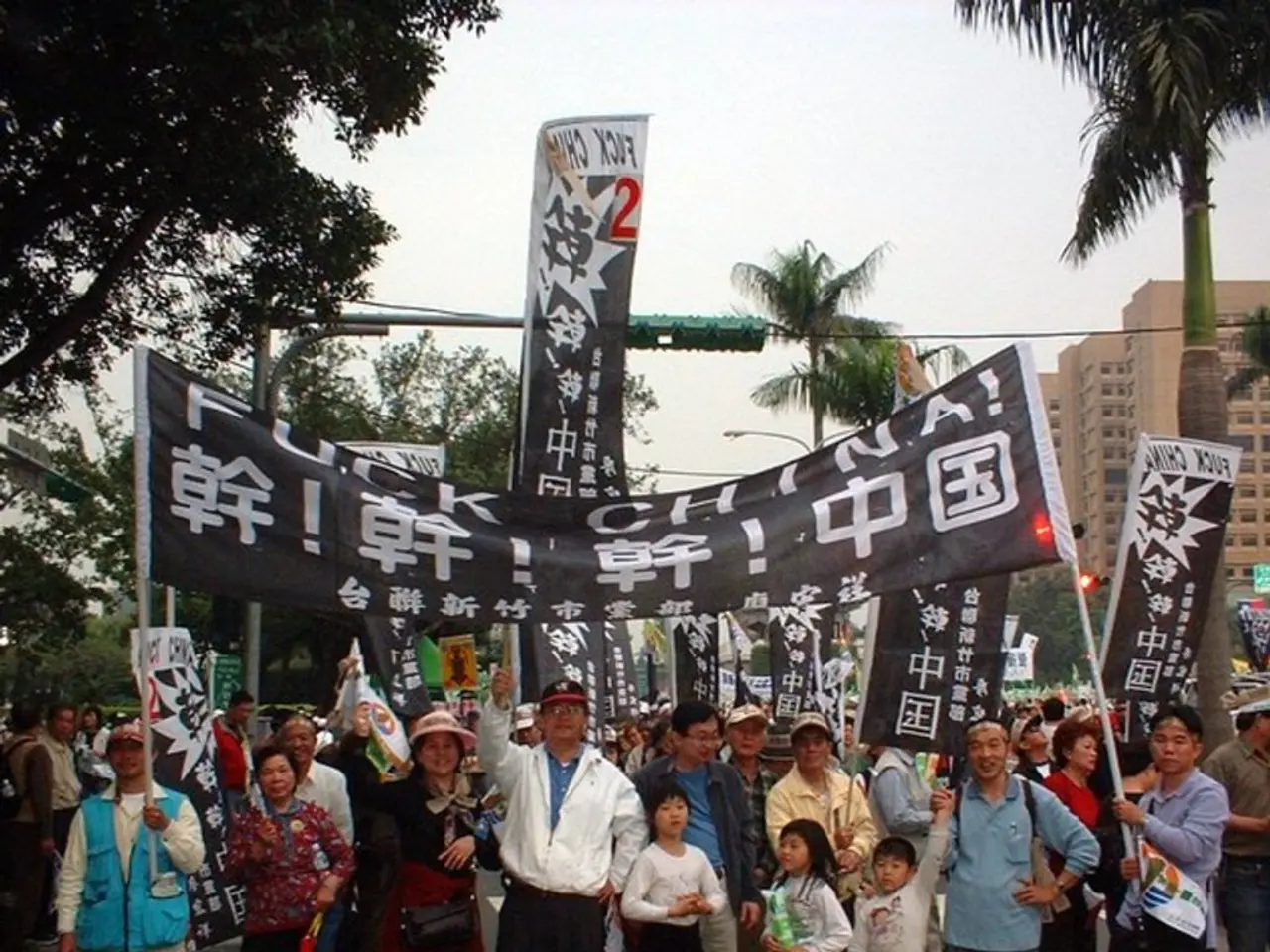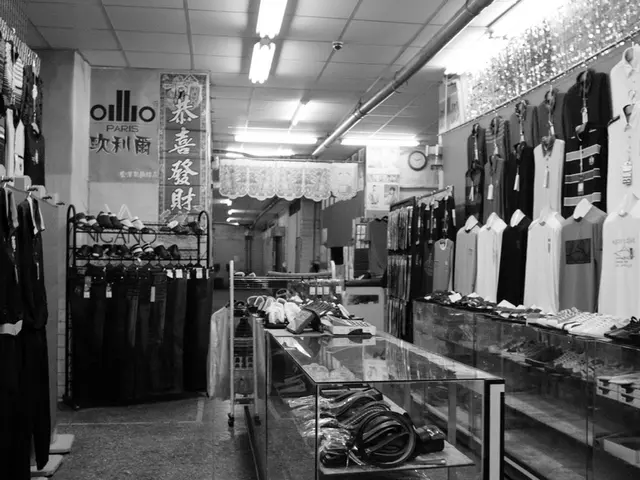"Remarkably Syrian Shopkeepers in Salzgitter Stun ZDF Reporter, Drawing Comparisons to Arab Metropolises"
In the wake of Angela Merkel's iconic "We can do this" statement in 2015, Germany has witnessed significant changes in the migration experience and integration of refugees, particularly those from Syria. This article provides an overview of the key developments since then.
Major Developments Post-2015
- Influx of Refugees: Merkel's decision to suspend the Dublin Protocol allowed for a massive influx of asylum seekers. In 2015 alone, nearly 1.1 million people applied for asylum, with Syrians making up 40% of the total[1][3].
- Integration Efforts: While Merkel's Willkommenskultur initially welcomed refugees, long-term integration has been challenging. Many refugees faced hurdles in accessing education and employment, which are crucial for successful integration.
- Return of Refugees: With the Syrian Civil War ending, few refugees have returned home. In Germany, only about 1,300 have returned via official programs, indicating a preference for staying in Germany due to better economic conditions[4].
- Policy Adjustments: After the initial influx, Merkel's government tightened asylum policies, including more thorough vetting and discussions about limiting family unification for migrants. These measures were partly driven by domestic political pressures and security concerns[3].
- Public and Political Reactions: Merkel's migration policies were polarizing, contributing to increased support for anti-immigration parties in Europe. Despite this, her approval ratings recovered over time, reflecting a nuanced public response to her leadership[2][3].
Current State of Integration
Despite initial challenges, many refugees have begun to integrate into German society. However, the integration process remains complex:
- Economic Integration: While some refugees have entered the workforce, many face barriers to employment and education.
- Social Integration: Social services and community programs have been crucial in facilitating cultural assimilation and social interaction.
- Political Climate: The political environment continues to influence integration efforts, with ongoing debates about immigration and asylum policies.
One example of a refugee who has successfully integrated is Haithem Lafi, a Syrian resident of the district of Lebensstet in Salzgitter. Despite leaving his dental lab in Syria behind and having to retrain in Germany, Haithem now runs a clothing store in the district.
The district of Lebensstet has the highest foreigner proportion at 34.7 percent. However, ZDF journalist Sarah Tacke has reported that many residents feel their towns have changed due to migration[5]. This sentiment is reflected in messages Sarah received, expressing feelings of unfamiliarity in their own cities.
The ZDF documentary "Flight and Crisis - 10 Years 'We Can Do This'" explores this question and how people experience migration in Germany. The documentary sheds light on the challenges faced by refugees and the complexities of integration.
Despite the challenges, Haithem Lafi does not feel foreign in Salzgitter. This demonstrates that while integration is a complex process, it is possible for refugees to become active and valued members of their new communities.
[1] https://www.dw.com/en/germany-receives-1-1-million-asylum-seekers-in-2015/a-18712678 [2] https://www.dw.com/en/germany-s-refugee-policy-polarizes-europe/a-18712678 [3] https://www.dw.com/en/germany-s-refugee-policy-a-political-turning-point/a-43063687 [4] https://www.dw.com/en/germany-refugees-are-staying-despite-the-war-ending-in-syria/a-53201840 [5] https://www.dw.com/en/germany-migrants-feel-unwelcome-in-their-own-cities/a-58650122
- The policy adjustments made by Merkel's government in response to the 2015 migration influx included tightening asylum policies and discussions about limiting family unification, influenced by both domestic political pressures and security concerns.
- Migration policy and legislation, along with the ongoing discussions in politics and general news, continue to impact the integration process of refugees in Germany, as demonstrated by the conflicting feelings of integration among residents in the district of Lebensstet.






![Record-breaking pole vaulter Duplantis clears over 20 feet [6.29 m], setting a new world record.](/en/content/images/size/w640/format/webp/20250822182933_pole-vault-world-record.jpeg)
